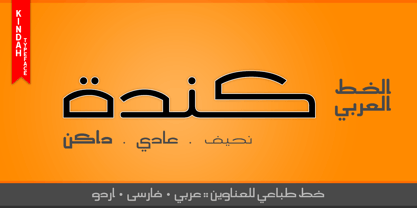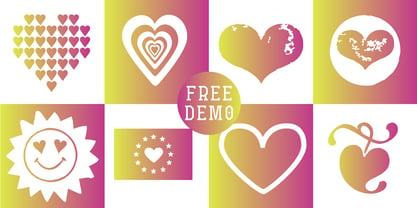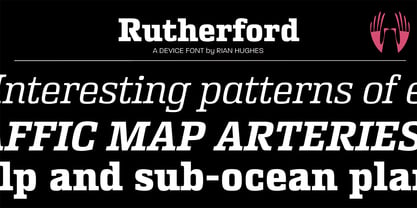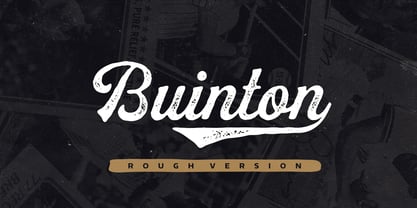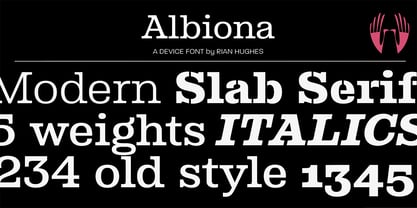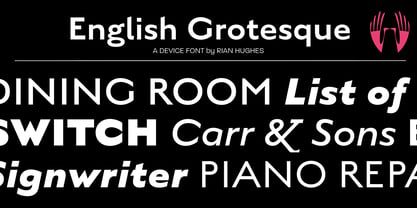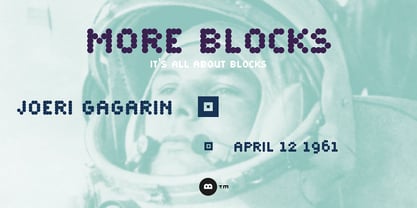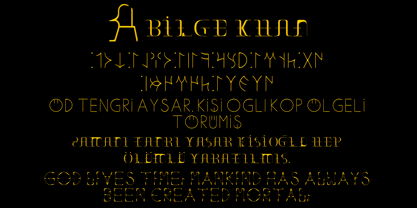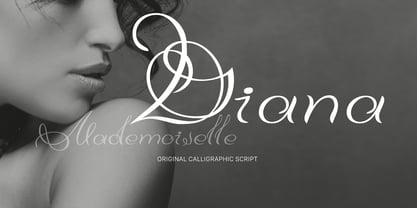10,000 search results
(0.031 seconds)
- Kindah by Eyad Al-Samman,
$30.00 - Eckhardt Speedletter JNL by Jeff Levine,
$29.00 - BOOTLE - Unknown license
- DECOST - Unknown license
- APPLE - Unknown license
- Sho by Linotype,
$29.99 - GauFontRubberSoul - Unknown license
- Moby - Unknown license
- Zamyatin - Unknown license
- beestings - Unknown license
- Moby - Unknown license
- GauFontSpyLetter - Unknown license
- Neutron Demo - Unknown license
- jethose FULL - Unknown license
- DayTrippin - Unknown license
- Much too loud - Unknown license
- Tiddly Winks NF by Nick's Fonts,
$10.00 - Digifit - Personal use only
- Badger Fatboy CTBT - Unknown license
- Hearts Love Smile by TypoGraphicDesign,
$9.00 - Rutherford by Device,
$39.00 - Buinton Rough by Melvastype,
$35.00 - Albiona by Device,
$39.00 - English Grotesque by Device,
$39.00 - hanko - Unknown license
- noodle - Unknown license
- hnoodle - Unknown license
- More Blocks by Beware of the moose,
$9.99 - Ongunkan Old Turkic by Runic World Tamgacı,
$50.00 - DustHome - Unknown license
- DE STIJL - Unknown license
- BARCO. D.A NORMAL - Unknown license
- You are what you eat - Unknown license
- Marusya - Unknown license
- Bill Hicks - Unknown license
- Medici Text - Personal use only
- Mouseyer - Unknown license
- Diana by ParaType,
$25.00 - Pussycat - Personal use only
- Blackjack - Personal use only
